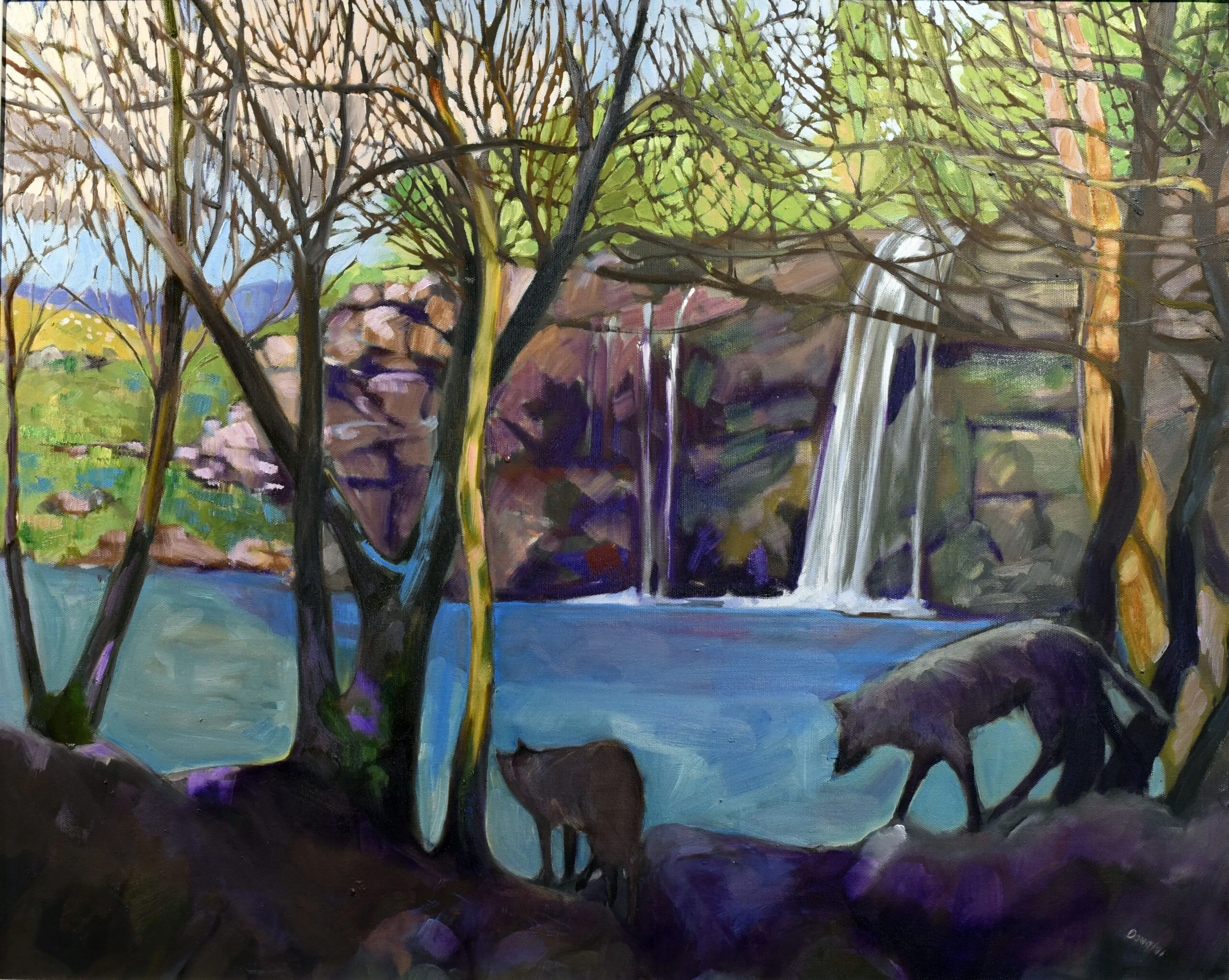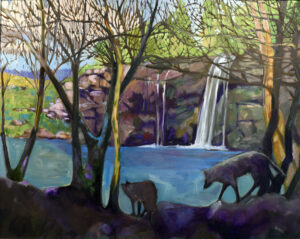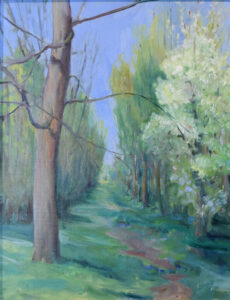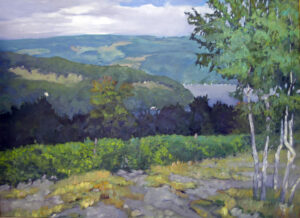Jeff Koons has done more to keep intellectual-property lawyers busy than any other living artist. He’s won some and lost more, both here and in France. Koons has also returned the favor, accusing a bookstore of infringement for selling copies of his Balloon Dogs. Their attorneys argued, “As virtually any clown can attest, no one owns the idea of making a balloon dog, and the shape created by twisting a balloon into a dog-like form is part of the public domain.” Koons dropped the suit. Some images are so universal that they cannot be copyrighted.
Koons has very deep pockets and can afford to keep a lawyer on retainer. You and I don’t. It behooves us to respect others’ copyright. Furthermore, we should do unto other artists as we would have them do unto us.
In 2011, Shepard Fairey and the Associated Press (AP) settled a case debating who owned the rights to Fairey’s 2008 Hope portrait of President Barack Obama. Fairey copied an AP photograph and then lied about it. He also destroyed evidence. For that he was sentenced to two years of probation, 300 hours of community service, and a fine of $25,000.
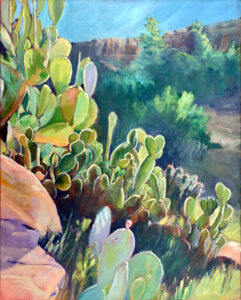
Material changes or ripping the photographer off?
What Fairey and Koons unsuccessfully argued was that they made material alterations to the original work. This is a defense, but it’s subjective, interpreted differently by different courts.
The question of material changes has as much to do with structure as it does with detail. If you were to combine five different photos of white pines in the Adirondacks into one pastiche painting, you would probably sail happily under the radar. You might even include an old Grumman canoe floating poignantly on the water, since you would have to substantially rework it to match the lighting, angle, etc. However, if you included a child in a canoe taken verbatim from a photograph of the same, you’d be stealing someone else’s content.
Copyright in the US is for created works. It doesn’t protect ideas or processes. You can’t sue for an undeveloped scribble on a card in your dresser drawer; you must have executed the work. Copyright is an inherent state that occurs at the time the work was created; registering it just provides one form of legal evidence that you created the work. For visual artists, registering every painting or photograph would be both absurdly expensive and unnecessary; you would only do it if you needed to sue someone.
That means any photo or illustration you find in books, magazines, newspapers, and even on the internet is automatically protected by copyright law.
Protect yourself
The best way around this is to take your own reference photos. That’s important for more reasons than just copyright, starting with the greatly-expanded understanding we all have of places we’ve been to and people we’ve known.
Sometimes, sadly, that’s impossible. You’re on the other side of the country or the boat has sunk. If a client sends you their own photo for a painting, you can presume permission. If it’s not their own photo, do some investigating. “He said he got the photo from his cousin,” is not much of a defense.
If you use someone else’s photo, protect yourself by obtaining written permission from the photographer.
You can use photos that are in the public domain. Copyright doesn’t run forever, no matter what some museums try to tell their website visitors. Copyright expires when the original creator has been dead for more than seventy years. Just google “public domain images” and the word for which you’re searching, like “clouds” or “Grand Canyon.”
Creative Commons also has photos available for reuse, although the terms of use are different for each photo (and exhaustively spelled out).
Reserve your spot now for a workshop in 2025:
- Advanced Plein Air Painting, Rockport, ME, July 7-11, 2025.
- Sea and Sky at Acadia National Park, August 3-8, 2025.
- Find Your Authentic Voice in Plein Air, Berkshires, MA, August 11-15, 2025.
- Immersive In-Person Fall Workshop, Rockport, ME, October 6-10, 2025.

